Inspired by conversations on the Food52 Hotline, we're sharing tips and tricks that make navigating all of our kitchens easier and more fun.
Today: Here's how to transform spent grains from a waste product into a pantry staple.
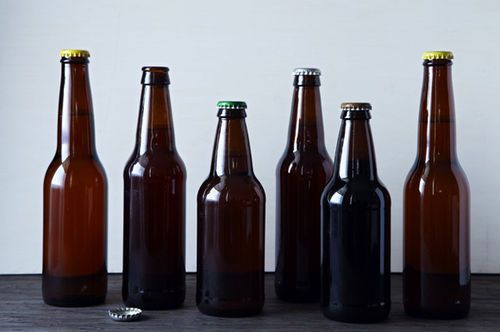
So you're a brewmaster. Or you're married to one, friends with one, or even just live two doors down from one. In our DIY-obsessed culture, this age-old tradition has taken on new prestige, and with it gained new popularity. It's wonderful that everyone and their mother is suddenly craft brewing their own IPAs, Ambers, and Schwarzbiers -- we certainly have no complaints.
More: Want to do something special with that artisinal hefeweisen? Just add a scoop of vanilla.
However, one thing that does get us up in arms is wasting beer's bi-product: spent grain. Brewing is a complicated, delicate science that requires exact temperature and strictly-enforced processes. So we won't go into it here -- for this post, all you need to know is that after you brew your beer, you're left with a giant heap of cooked grains -- typically a combination of malted barley and wheat. Behold: spent grain.
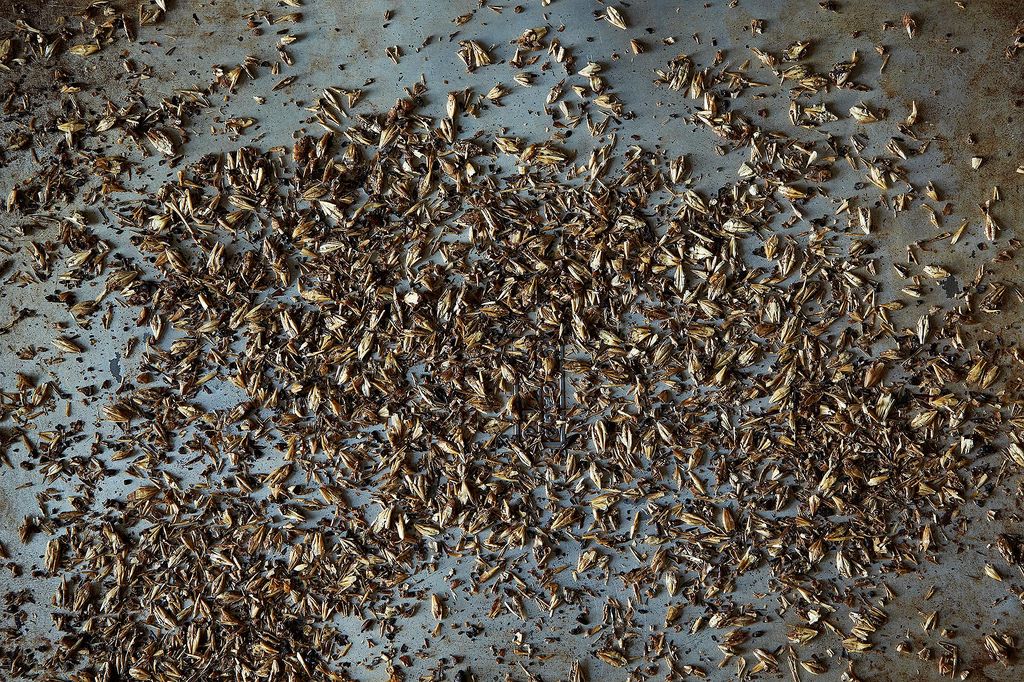
More: If you want a more thorough explanation (with pictures!), here's a good guide.
People have come up with all sorts of ways to put spent grain to good use. It can provide tasty feed to pigs and chickens, and it composts like a dream. The Alaska Brewing Company even uses spent grain to power their steam boiler.
While all of these usages are environmentally friendly and generally good things to do, don't feed all your spent grains to your neighbor's cows. With just a smidge of elbow grease, spent grains are an excellent addition to your pantry, and your baked goods. They impart a subtle complexity; one you only thought could only be achieved through using fancy, exotic grains, usually preached to be "ancient" or "rare." However, spent grain is cheap and abundant -- and therefore an all-around winner!
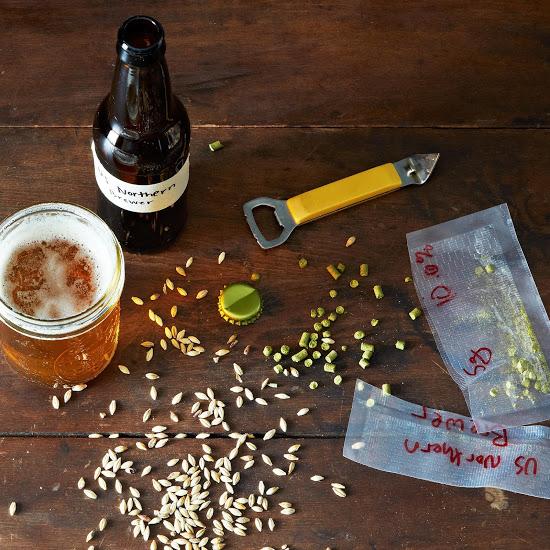
In the beer-making process, spent grain valiantly sacrifices its sugars. This is what nourishes the yeast and allows beer to become beer. However, it still has plenty of fiber and protein to offer, as well as a distinct nuttiness that works quite well in baked goods, especially bread.
Use Them Wet
Spent grain can be used while they're still wet, as long as you move relatively quickly. After a few hours the cooked grains will start to take on a sour flavor, so the clock is ticking. Our community suggests substituting them in everything from crackers to pancakes -- just be sure to account for the added moisture brought by the grains. To get a uniform consistency, give them a few spins in a food processor, or keep them as-is for a rustic, varied texture.

Use what you want, then divvy up the remaining grain into plastic bags and chuck them in the freezer for later.
How to Use Them Dry
The easiest way to use spent grain, and keep it on hand for later, is to turn it into flour. This is an all day project, but well worth it for the containers of neatly labeled spent grain flour soon to be in your pantry. It's much cooler and more intriguing than your other flours! All Purpose will definitely be jealous.
To dry out your spent grain, preheat your oven to 170?F. Spread the grain on an ungreased baking sheet in a layer 1/4 inch thick, then pop it in the oven. Brooklyn Brewshop recommends baking for 7 hours, stirring halfway through, to ensure that the grains are entirely moistur-free. If you're a fancy pants, you could use a dehydrator, instead.
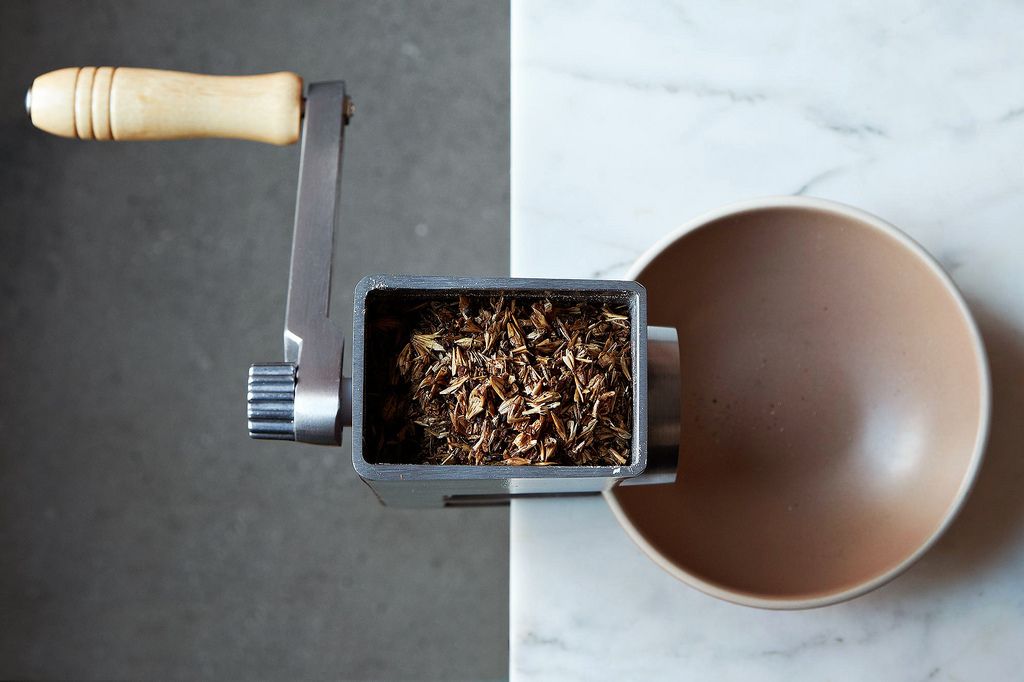
Let your grain cool completely and then grind it into flour -- we used a mill, but a coffee grinder works as well. Store the grain in an airtight container and keep in your pantry until the baking mood strikes.
More: Pick up a grain mill in Provisions.
Take Your Recipes to the Next Level
Now that your spent grains are ground into flour, feel free to let your creative flag fly. Spent grain waffles? Pass the syrup. Spent Grain Pumpkin Bundt Cake? Heck yes. Spent grain dog treats? Why in the world not. Substite spent grain flour in all your favorite recipes -- just be prepared for an added nuttiness. If you want to preserve a lighter texture in your baking forays, The Growler recommends replacing only half of the called-for flour with milled spent grain.
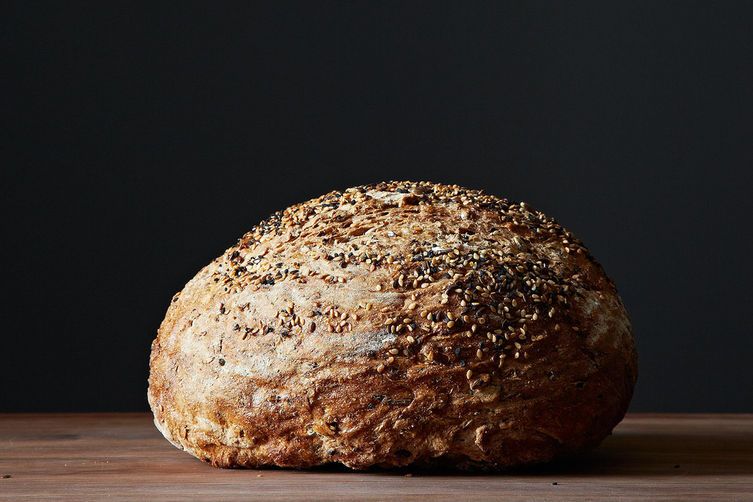
Tried and True: Spent Grain Bread
Beer and bread are natural friends. In fact, they have the same main ingredients: grain, water, yeast, and sugar. So naturally, bread is one of the easiest, and most delicious, ways to incorporate spent grains into your baking repetoire.
Here's a spent grain bread recipe from cdilaura, our Head of Business Development, an amateur brewmaster, and all-around food ninja. With spent grains -- added whole! -- and dried herbs, this bread is begging to be slathered in some beer cheese. If you're feeling extra nose-to-tail, pair it with a frosty pint of beer brewed from those very same spent grains. Look at you -- brewing champion, waster of naught, ultimate grain connoisseur.
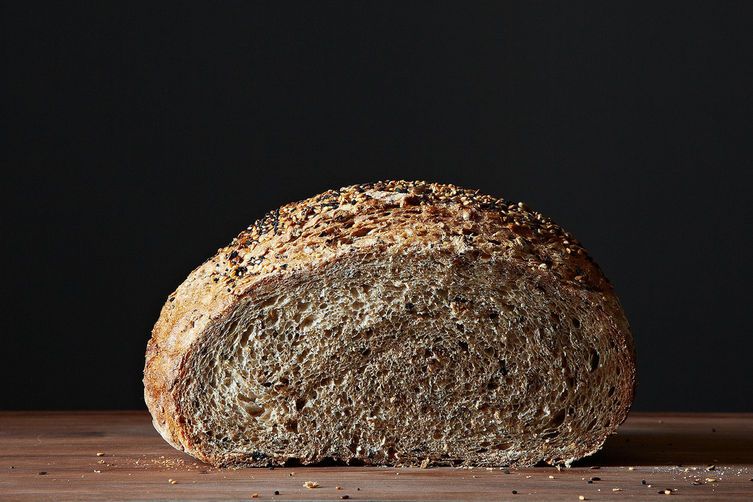
So the next time you brew, don't chuck the spent grain. With a pinch of creativity and ingenuity, you can add a whole new dimension to your baking staples. Beer brewing not really your cup of tea? We bet if you ask your local brewery, they just might be willing to part with some spent grain. Just be sure to drop off a loaf of bread for them afterwards.
What do you do with spent grains? Tell us in the comments!








See what other Food52 readers are saying.